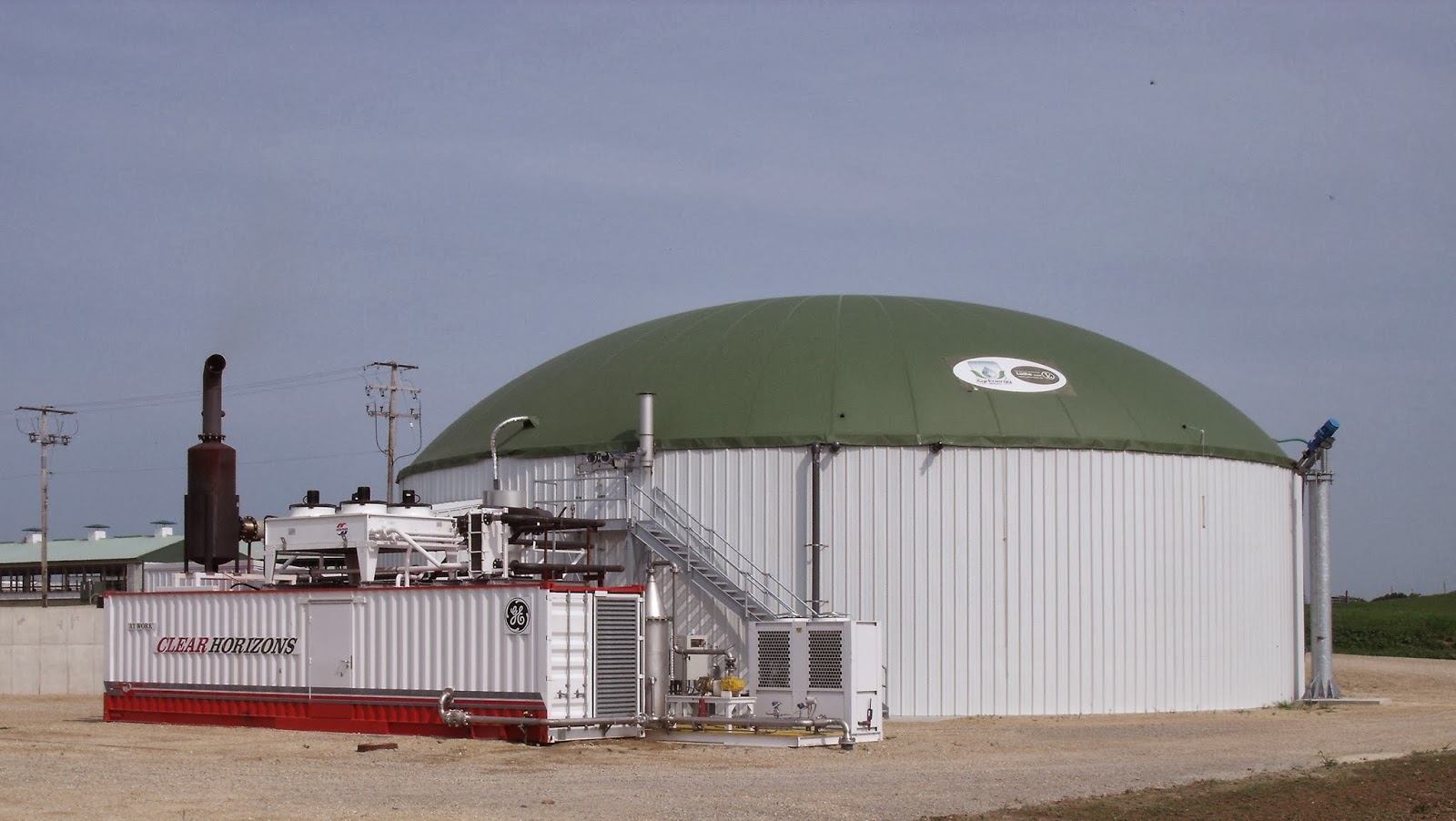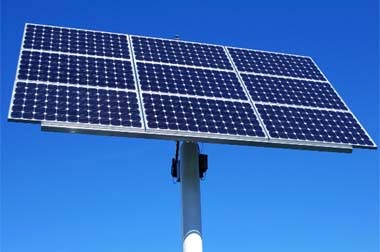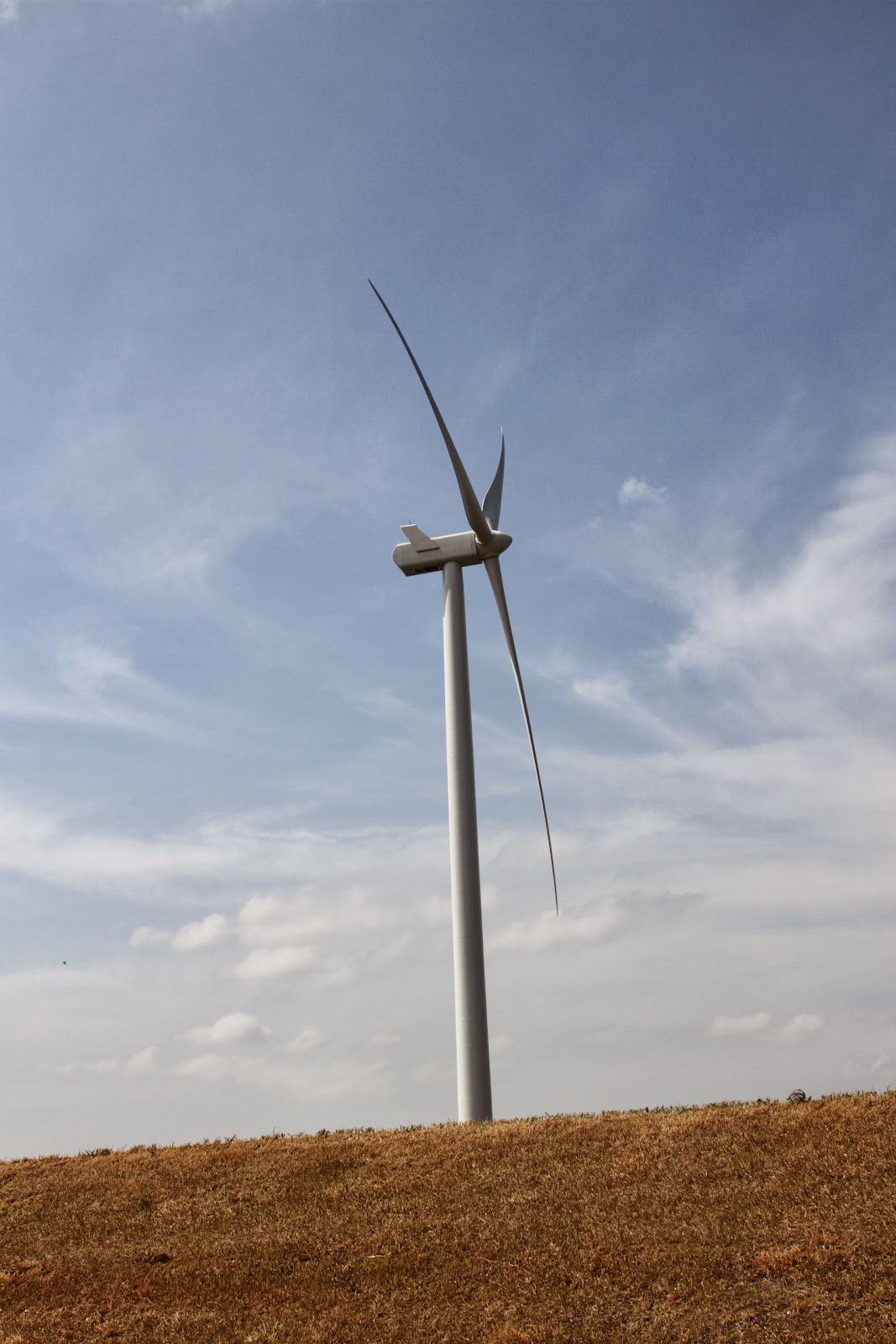At its open
meeting on November 14, 2013, Public Service Commission (PSC) Chair Phil
Montgomery reversed his own vote taken a week earlier that would have
strengthened Wisconsin Public Service (WPS) Corporation’s net metering service
starting January 2014.
A week
earlier, Montgomery stated his preference for ordering WPS to loosen a key
restriction applicable to new solar systems. He was joined by Commissioner Eric
Callisto in that discussion. But at the later meeting, Montgomery reversed
himself, and sided with Commissioner Ellen Nowak.
As a result of
Montgomery’s about-face, WPS will continue to offer the most restrictive net
metering service in the state, which will depress Wisconsin’s already struggling
solar market even further.
In testimony
presented in WPS’s 2014 rate case, RENEW Wisconsin, a clean energy advocacy
organization, argued that the utility’s net metering service puts prospective
solar generators at a disadvantage relative to other utility customers. RENEW’s
testimony included figures revealing a steep drop-off in the number of solar
electric systems built in WPS territory beginning in 2012.
The
generally accepted practice among utilities is to calculate the net between
production and consumption over a 12-month period. Alone among Wisconsin utilities, WPS
calculates the net each month, a practice that lengthens system payback.
“Though a
complicated and highly technical policy, net metering is the principal driver
for customer installations of solar. Net
metering for solar is like rollover minutes for your cellphone, and details
like calculating the rollover annually versus monthly really matter,” said Tyler
Huebner, Executive Director of RENEW Wisconsin. “It’s clearly in Wisconsin’s
interest to establish a policy environment for solar energy that is
predictable, easy to understand, and uniformly applied from one utility to the
next,” Huebner said.
At the initial
open meeting on November 6, Commissioner Montgomery expressed support for those
principles. As captured in the Wisconsin Utility Regulation Report, “Montgomery said his preference was to direct
the applicant to adopt an annual netting structure for this tariff consistent
with what the commission decided in [We Energies]’s last rate case . . . .”
Statement of Tyler Huebner:
“The facts
in this case did not change between the Commission’s voice votes on November 6
and 14, and the need for a stronger and more uniform net metering policy did
not diminish. But this breathtaking decision erases the PSC’s one positive
decision on WPS’s treatment of solar energy, and the result will be yet another
step backward.”
“For those solar
installers in central and northeast Wisconsin who initially cheered the PSC’s
decision, Montgomery’s flip-flop comes as a bitter pill to swallow. Indeed, the
welcome mat that once greeted start-up solar businesses here has all but
disappeared.”
“Let’s take a step back
and look at the broader picture on electricity generated from the sun. Nationally solar adoption increased a
whopping 76% from 2011 to 2012, yet in
Wisconsin the number of systems connected to the grid declined by 40%. Approximately 14,000 jobs were created
nationally in the industry in 2012, a 13.2% annual employment jump, taking the
national total to 119,000 jobs. Next,
92% of American voters agree that it is important for the U.S. to develop more
solar, and 84% of Wisconsin voters support a three-fold increase in the amount
of electricity the state gets from renewable sources like solar. Finally, based on research from
the University of Massachusetts-Amherst, solar energy creates twice as many jobs
for every dollar invested as coal, and more than twice that of natural gas.”
“Solar is a
growing industry, an industry that creates more jobs per dollar invested than
its competitors, and the people want it badly.
Yet, in a state that claims it’s open for business, a state where we
want and need to create jobs, our public officials are impeding progress. What
a huge lost opportunity for the state. We have to go no further than Iowa to
hear a completely different tune, where Republican governor Terry Branstad said
just two weeks ago, ‘As a leader in wind energy and renewable fuels, Iowa
should be at the front of the pack in implementing programs that encourage the
use of solar energy as well.’”
“This is the
third decision that has severely hampered clean energy and Wisconsin job
creation in as many months. In September, the PSC voted to suspend Focus on
Energy renewable energy incentives through the end of the year, ensuring that
millions of dollars earmarked for this purpose will go unspent this year. Then in
October, the PSC rejected our petition to initiate a new proceeding for
improving the state’s interconnection rules. These rules determine how easy or difficult,
and how expensive or cost-effective, it is for a potential owner of a renewable
energy system to connect into the electric grid. Wisconsin’s rules haven’t been updated since
2004, even though technology has changed
a lot since then. For example, that was
four years before the first iPhone even came out. The PSC fumbled an
opportunity to step in and streamline these administrative procedures.”
“These three
recent decisions are job-killing decisions.
If you don’t think Wisconsin is falling behind on the policies that make
solar energy flourish, take a look at how Wisconsin fares against its
neighboring states. “For any public
official that wants to create jobs in Wisconsin, give us a call, we can help
you.”
|
Ranking Midwestern States on Solar Policies and Practices
How Does Wisconsin
stack up against neighboring states?
|
State
|
Net metering grade
|
Interconnection
grade
|
|
Illinois
|
B
|
B
|
|
Iowa
|
B
|
B
|
|
Michigan
|
B
|
C
|
|
Minnesota
|
B
|
C
|
|
Wisconsin
|
C
|
D
|
|
Source: Freeing
the Grid 2013: Best Practices in State Net Metering Policies and
Interconnection Procedures, Interstate Renewable Energy Council, 2013. Net metering policy for renewable energy
systems is like rollover minutes for your cellphone: it ensures that owners of renewable energy
systems get full credit for the power they generate. Interconnection rules determine how easy or
difficult, and how expensive or cost-effective, a state’s rules are regarding
connecting distributed energy generators (such as solar, wind, and biodigester
systems) to the grid. Wisconsin’s
interconnection rules haven’t been updated since 2004.



